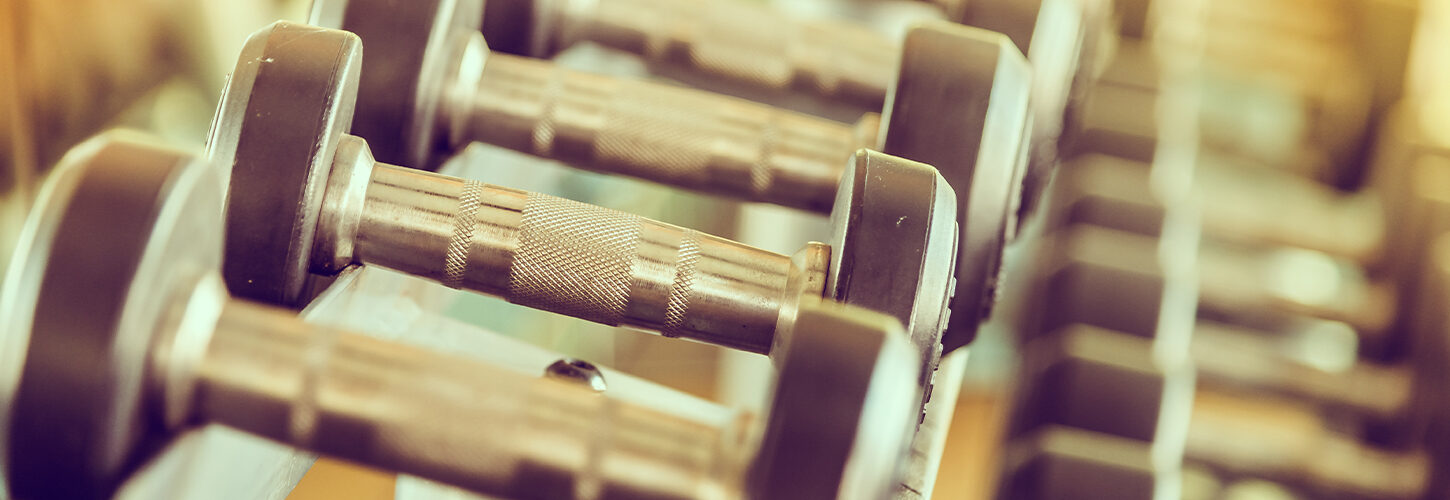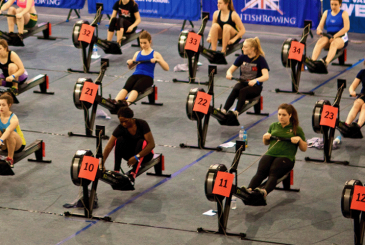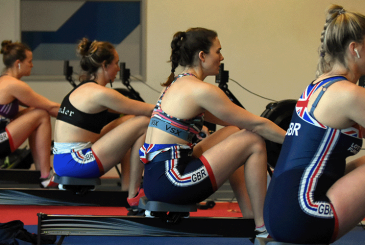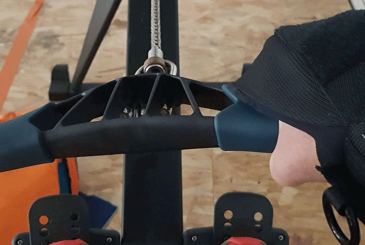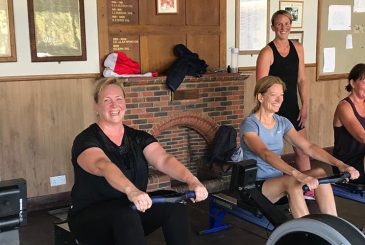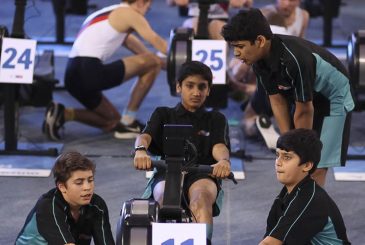Why it is useful to incorporate cross-training into indoor rowing strength training?
Strength work will specifically make your drive phase stronger and more powerful. It can also improve form, reduce the risk of injury and help with lean muscle mass increases.
How often should you cross-train for strength?
Strength-based programmes should involve regular training, ideally with rest days in between sessions to allow the body to rest and recover for the next session. This will also allow you to ensure enough time is spent rowing too. As an example, strength training every other day with events or competitions on the weekends is common.
How does introducing alternative strength training make positive benefits to performance?
Strength is not always about size, which is a common misconception. Sometimes your genetic body type can have associated size limitations (for example – Ectomorphs), or your volume of training can also inhibit mass production due to high activity levels. Because of these reasons, it is often best practice to trust in a programme where you can compare your start position to your performance at the end of the training block end – like over 8-12 weeks, for example.
During your rowing, record your Wattage during a benchmark row and then compare it after a training cycle to let the dedication to the strength training show you your improvements.
Suggested transferable exercises, equipment or circuits that will support a participant aiming to get stronger for the indoor rowing machine
When selecting exercises below, we have looked at the movement and muscles used in the rowing action which need the most strengthening and in the way they are used. With equipment, we have tried to keep the amount minimal and common to most facilities and setups. However, a good fitness trainer would be able to offer a close alternative if needed.
| Recommended Exercise | Detail | Possible variables | Teaching Points |
|---|---|---|---|
| Kettlebell Squats | 5 sets x 5 reps, using a 2-2-1 tempo. | Tempo of movement, amount of weight lifted or recovery time. | Keep your back straight at all times – your depth of movement will be determined by this. |
| TRX Row | 5 sets x 6-12 reps, using a short strap length. | Angle of the body to the anchor point or tempo of movement. | Ensure you keep an active plank so that your hips don’t drop. |
| Dumbbell Glute Bridges | 3 sets x 12-20 reps, using a 1-2-2 tempo. | Tempo of movement, amount of weight lifted or recovery time. | Support head and shoulders on bench in loaded position. Extend hips fully with back straight. |
| Barbell Straight Leg Deadlift | 5 sets x 5 reps, using a 2-1-1 tempo. | Tempo of movement, amount of weight lifted or recovery time. | Tilt forwards as you hinge, lowering the bar down your legs. Go as low as possible, provided your back stays straight throughout. |
| Barbell Bent Over Row | 5 sets x 5 reps, using a 2-2-2 tempo. | Tempo of movement, amount of weight lifted or recovery time. | Hinge forwards with a straight back. Pull the bar to your lower ribs without changing body angle. |
| Plank | 10 seconds plank, 5 second rest. Repeat 5 times. | Regress Plank from feet to knees. Progress Plank from elbows to hands. | With your head looking at the floor, squeeze your shoulder blades back and down. Tighten your quads and glutes to keep back straight. |
Photo: Lifestyle Travel Photo/Shutterstock.com


